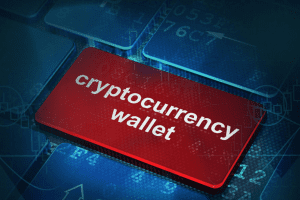
Affiliate
CRYPTO
A Brief History of Crypto Currency Cryptocurrencies such as Bitcoin are frequently catching the public eye due to the massive swings in value. That being

A Brief History of Crypto Currency Cryptocurrencies such as Bitcoin are frequently catching the public eye due to the massive swings in value. That being